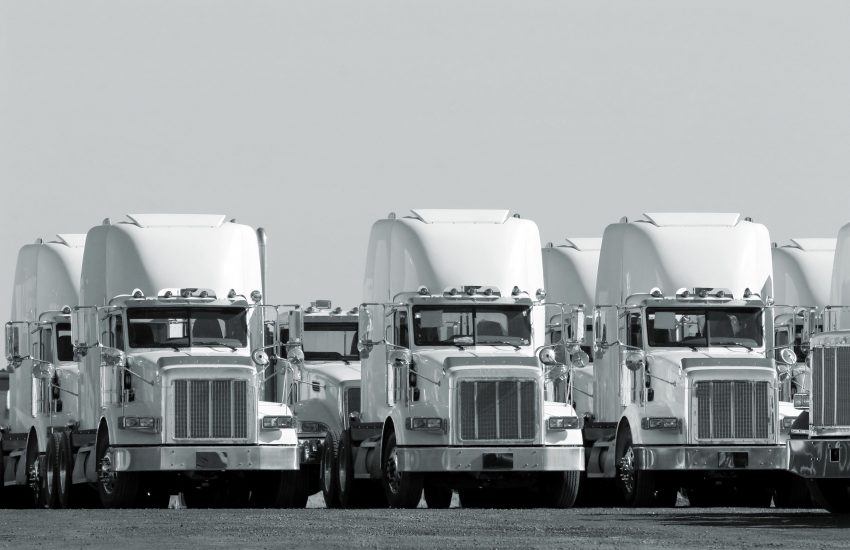On April 28, California’s Air Resources Board (CARB) approved new regulations which would phase out the sales of medium and heavy-duty combustion trucks in California by 2036. The goal is to fully transition existing fleets to zero-emissions vehicles by 2045.
Known as the Advanced Clean Fleets (ACF) regulation, the ACF is part of CARB’s latest initiative to accelerate California’s transition to zero-emission medium and heavy duty vehicles. The purpose of the regulation is to protect communities that are near trucking corridors and warehouse locations. Studies have shown that these communities have higher rates of asthma and respiratory diseases than communities outside of these areas. While trucks account for only about 6 percent of the vehicles on California’s roads, they generate over 35 percent of the nitrogen oxide emissions and 25 percent of California’s on-road greenhouse gas emissions. CARB estimates the regulation is expected to generate a $26.6 billion savings in health benefits paid to Californians impacted by the greenhouse gases. In addition, it estimates the regulation will provide $48 billion in savings to fleet owners who transition to cleaner vehicles. This savings evaluation is based upon the lower operating costs associated with zero-emissions vehicles. ACF works hand-in-hand with the Advanced Clean Trucks rule in California (discussed on this blog on April 6) which requires manufacturers to accelerate sales of new zero emissions heavy-duty trucks by 2035.
The ACF applies to fleets performing drayage operations, fleets owned by government agencies, and high priority fleets. High priority fleets are those that own, operate, or direct at least one vehicle into California, and have $50 million or more in gross annual revenue. Alternatively, high priority fleets are defined as those that own 50 or more vehicles.
The regulation provides several different phases. Drayage trucks, local delivery trucks, and government fleets must transition by 2035. Work trucks and day cab trucks (such as garbage trucks) have a later transition date of 2039. All other vehicles covered by the regulation must be zero-emission by 2042. Fleet owners can continue to operate existing vehicles throughout their useful life and have the option to apply for exemptions based on available technology to make sure they continue to replace combustion trucks with those that have clean engines.
The most groundbreaking piece of the ACF is that it includes an end to sales of combustion trucks in California in 2036. This is the first regulation of its kind. CARB estimates that approximately 1.7 million zero-emission trucks will be on the roads in California by 2050. CARB has already partnered with several other agencies in California to develop a network of electric charging and hydrogen stations throughout the state to help it reach its goals. As of today, there are more than 70 different models of zero emission trucks, vans and buses that are commercially available. Most major truck manufacturers have indicated they will offer market ready zero emission trucks in the near future – expanding the market of available options for fleet owners.
California’s goals are aggressive, but it has already achieved its objective of selling 1.5 zero emission passenger vehicles two years ahead of schedule. It also received EPA approval for its Advanced Clean Trucks Act. If the past success of these programs is any indication, the ACF will likely help the state significantly cut greenhouse emissions and provide healthier air to its residents.

